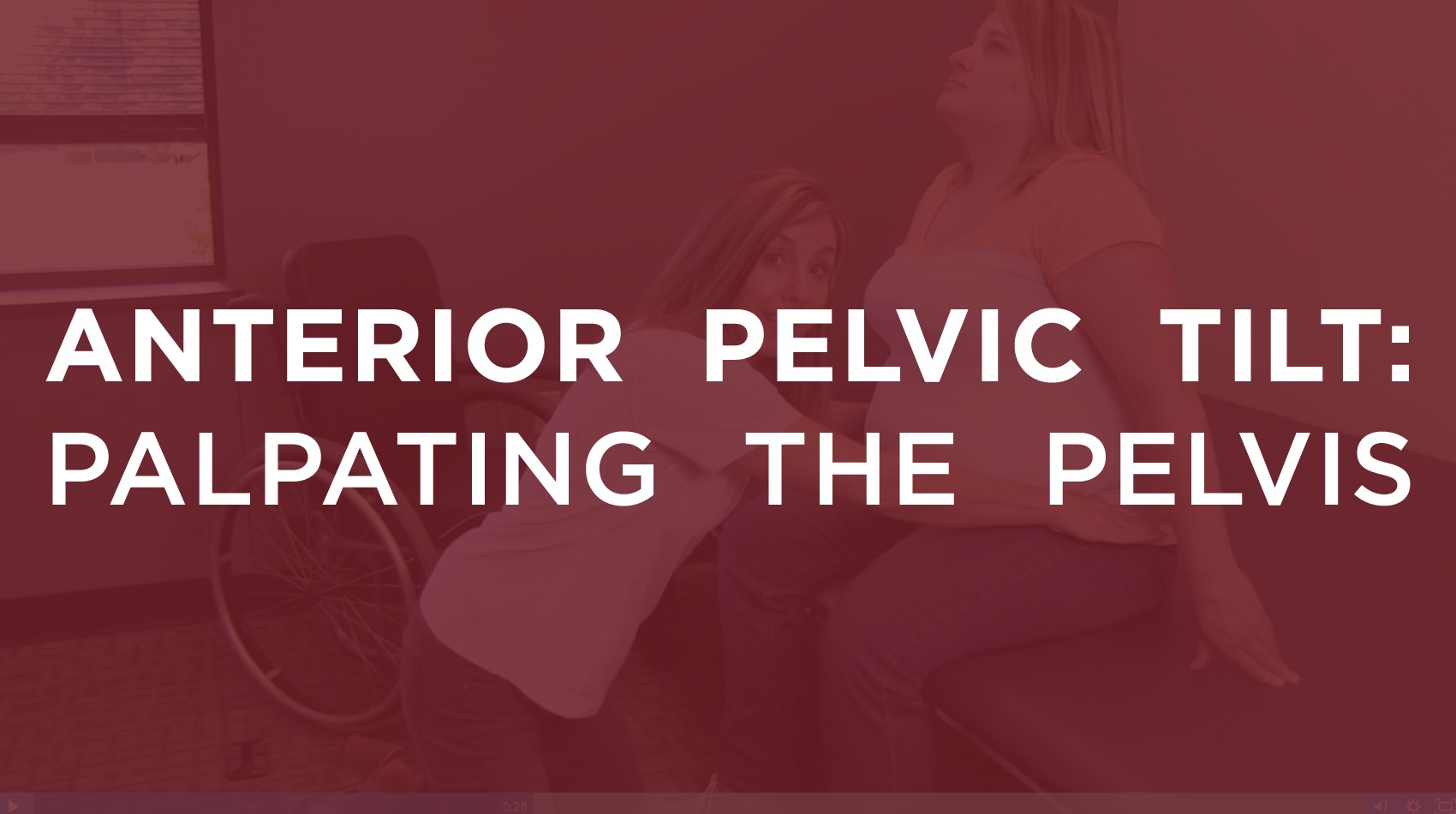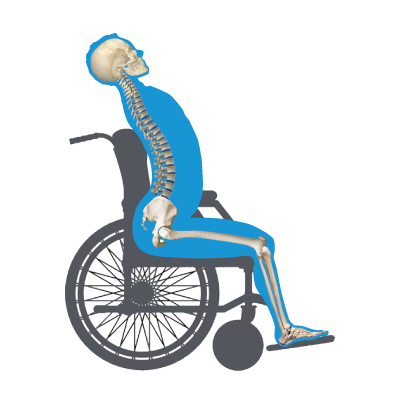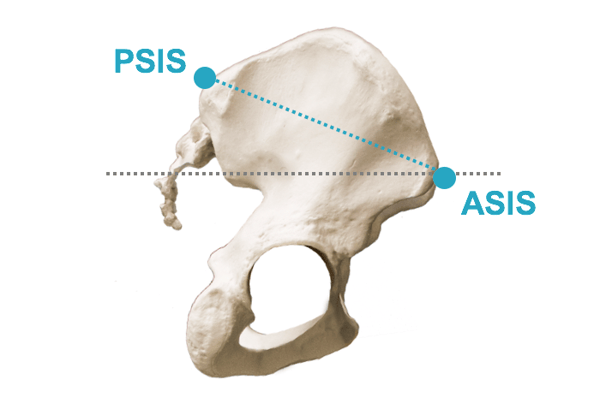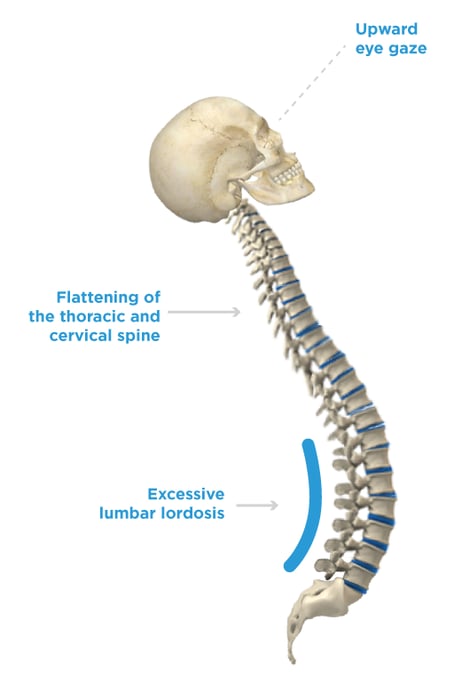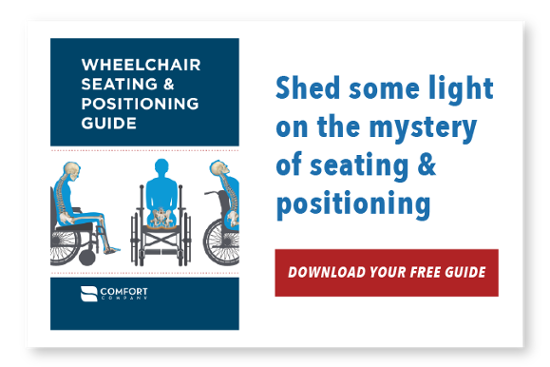Transcript (edited for clarity):
Another abnormal posture that you might see is an anterior pelvic tilt. We’re going to go back to our landmarks, and we’ll start with the ASIS and let’s just see where it is with an anterior pelvic tilt. You’re going in again and palpating.
I can tell already that the ASIS in this posture is lower than it was in the posterior pelvic tilt. From here I would go around to the back, and I would check the PSIS. I find the dimple again and I place my hands there, and sure enough the PSIS is actually higher than the ASIS. Jamie is now in an anterior pelvic tilt. Another thing to notice with this is the lordotic posture in the lower spine here, and then you can see that her eyes are facing upwards and her neck is extended back.

Ana Endsjo, MOTR/L, CLT
Clinical Education Manager LTC Division
Ana Endsjo has worked as an occupational therapist since 2001 in a variety of treatment settings. She has mainly worked with the geriatric population, dedicated to the betterment of the treatment of the elderly in LTC centers. Her focus has been on seating and positioning and contracture management of the nursing home resident. With this experience, her hope is to guide other therapists, rehab directors, nurses, and administrators through educational guides, blogs, webinars, and live courses in her role as Clinical Education Manager for the long term care division.
